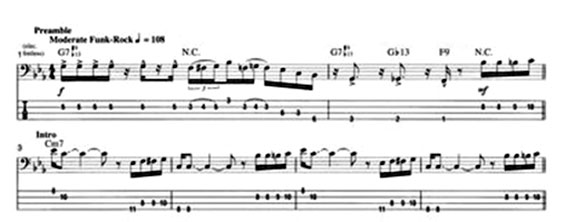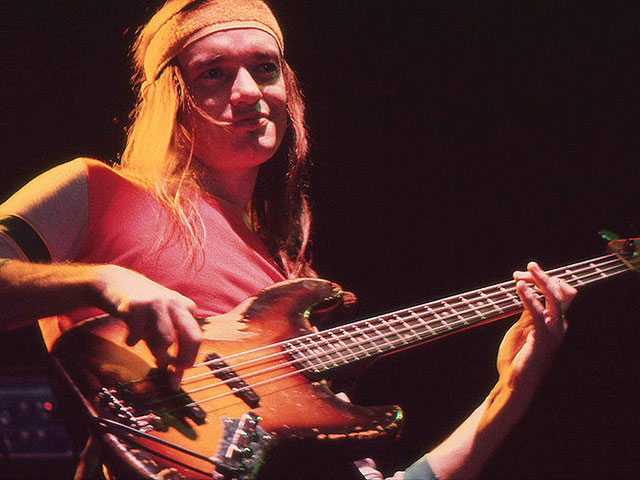- Published Mar 7, 2013 in Badass Players
He may not have invented electric bass, but he certainly redefined it forever.
Jaco is one of the most tragic and yet inspiring stories in the history of modern music. Any artist who was fortunate enough to share the stage with this legend will tell you that Jaco radiated music without even trying. Every thought, every movement, every impulse he had, created a singular sound, groove and feeling the world of music just couldn’t get enough of.
From his time coming up through the club-bands of South Florida, to his groundbreaking work with the seminal fusion band Weather Report, Jaco changed the way people thought of bass. The very moment he picked up that instrument, Jaco raised the bar and, for the first time, made the electric bass guitar a true centerpiece. Never again would the bass be just a supporting instrument. This was Coltrane come back to life with strings instead of reeds.
Before his untimely demise, Jaco changed not just the world of bass, but the world of music. He will long be remembered as a virtuosic bass player, arranger, bandleader and the inspiration for generations of musicians, new and old.
Required Listening
Watch This
Jaco’s Toolbox
Like most professional musicians, Jaco’s hands touched thousands of different instruments throughout his career. But ask anyone which bass he made famous and there will always be one answer: the Fender Jazz Bass (aka J-Bass).
Jaco’s method involved tearing the frets out with a pair of plyers and filling the holes with wood putty. Once he discovered this, that fretless sound was his forever.
Jaco would use just about any amp that was already in the room. But here again, the one that is forever associated with this name is the Acoustic 360 featuring an 18" backward-firing speaker and a folded horn. Not much to look at by today’s standards, but man did he make that beast sing.
Get The Sound
Some players get their sound from the gear. But not Jaco. That signature sound was all about the way he touched the instrument. That said, there are a few things you can do to get close.
Start with a bass that has two pickups. Dial in the pickup closer to the bridge and reduce the neck pickup so you’re just getting a bit of warmth from it but not much else. Play with your fingers close to the bridge. You can anchor your right thumb on the bridge pickup to help keep the perfect position.
Jaco was famous for his staccato 16th notes. Go for absolute precision and an even space between each note, but don’t forget to make it groove too. He certainly did.
Note For Note
Want to feel what it was like to be Jaco, if only for just a minute? One of his quintessential grooves can be found on Come On, Come Over; an amazing track off of Jaco’s self-titled solo record that combines some of the best fusion players in history (think Herbie Hancock, Michael and Randy Brecker, etc) with the great Sam & Dave on vocals.

Take it nice and slow at the beginning. Once you get it under your fingers, use a metronome to get it up to speed. Then put on that track and play along with the man himself. Listen close and see how he makes every note dance and groove like the master he always was.
Photo by Chris Hakkens [CC-BY-2.0], via Wikimedia Commons

